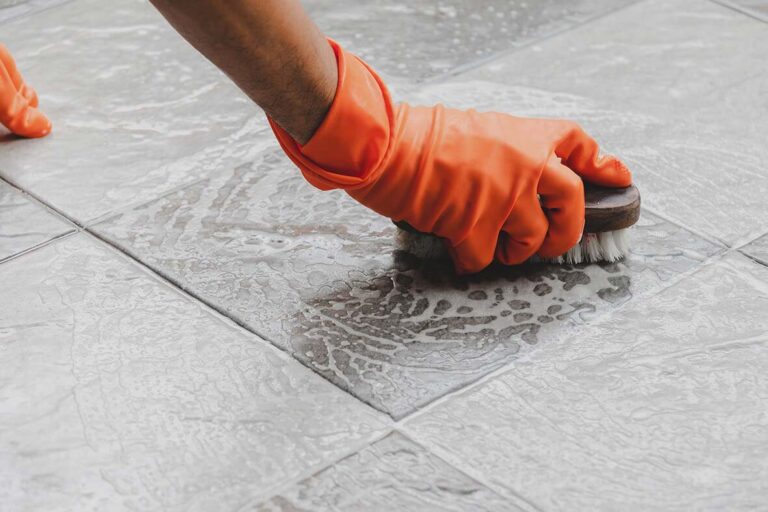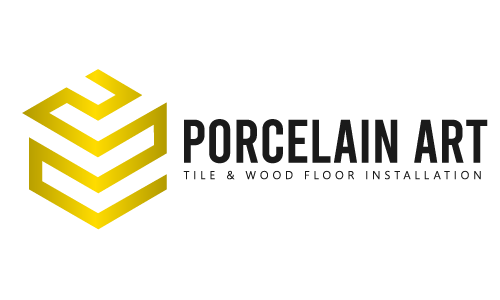
How to Maintain Your Tiles for Longevity and Durability
Tiles are a popular choice for many homeowners due to their durability, aesthetic appeal, and easy maintenance. Whether installed in the kitchen, bathroom, or throughout your home, tiles can last for decades when properly cared for. However, like any other surface, they require regular attention to keep them looking their best and to ensure they perform well for years to come. In this blog, we’ll explore some essential tips on how to maintain your tiles for longevity and durability, helping you protect your investment and enjoy beautiful surfaces for the long term.
1. Regular Cleaning is Key
One of the most important aspects of tile maintenance is regular cleaning. Dirt, dust, and grime can build up over time and cause damage if not properly cleaned. It’s essential to clean your tiles consistently to prevent staining and discoloration.
For ceramic and porcelain tiles, a gentle cleanser and a damp cloth or mop are usually enough. Avoid harsh chemicals or abrasive scrubbers, as they can scratch or damage the surface. For grout, consider using a grout cleaner or a mixture of baking soda and water for a natural, effective solution. Make sure to rinse the tiles thoroughly after cleaning to remove any leftover cleaning solution.
For areas with high moisture, such as bathrooms, it’s essential to wipe down tiles regularly to prevent mold and mildew buildup. Special mold-resistant cleaners can help keep your bathroom tiles looking fresh and clean. Additionally, drying off your tiles after use can help minimize the chance of water damage or mold growth.
2. Seal Grout to Prevent Stains
Grout, the material that fills the gaps between your tiles, is particularly susceptible to staining. Over time, grout can absorb dirt, liquids, and oils, causing discoloration and weakening its structural integrity. To prevent this, it’s important to seal your grout lines. Sealing your grout creates a protective layer that helps prevent stains and makes it easier to clean.
Grout sealer should be applied soon after installation, and it’s a good idea to reseal it every 6 to 12 months, depending on the level of traffic and usage. Applying a fresh coat of sealer helps maintain grout’s appearance and prevents moisture from penetrating, reducing the risk of mold and mildew growth.
When sealing grout, be sure to use a product that’s appropriate for the type of grout you have (cement-based or epoxy). Also, be mindful of any excess sealer that may spill over onto the tiles, as it can be difficult to remove.
3. Protect Tiles from Scratches and Damage
While tiles are generally very durable, they can be susceptible to scratching and chipping, especially if heavy objects are dropped on them or if abrasive cleaners are used. To prevent this, it’s essential to take precautions to protect your tiles.
Start by using furniture pads or coasters under heavy furniture or appliances to avoid scratches. For floor tiles, avoid dragging furniture across the surface, as this can cause scuffs or deep scratches. Always lift objects rather than dragging them.
For wall tiles, be mindful of sharp objects or heavy impacts that could chip or crack the surface. In kitchens, be careful with sharp utensils and avoid dropping anything heavy onto the tiles. In bathrooms, use a soft cloth to clean the tiles to prevent abrasive materials from causing damage.
4. Remove Stains Promptly
Spills and stains can happen, especially in high-traffic areas like the kitchen or bathroom. However, it’s essential to act quickly when stains occur to prevent them from setting into the tile or grout.
For food or liquid stains, blot the area immediately with a clean cloth. Avoid scrubbing, as this can push the stain further into the surface. Depending on the type of stain, you may need a specialized cleaner (for example, grease stains in the kitchen or rust stains in the bathroom). Always test cleaning products in a small, inconspicuous area before using them on the entire surface to ensure they won’t cause discoloration or damage.
For tough stains on grout, a combination of baking soda and water can be an effective and gentle way to lift the stain without damaging the grout. If the stains persist, professional cleaning services may be required to restore the appearance of your tiles and grout.
5. Avoid Excessive Moisture and Standing Water
Excess moisture and standing water can be harmful to both the tiles and the grout over time. This is especially true in areas like bathrooms and kitchens where water is frequently used. Water can seep into grout lines, leading to mold and mildew growth and eventually damaging the structure of the grout.
To prevent water damage, make sure that your tiles are properly sealed and that the grout lines are intact. After using the shower, wipe down the tiles to prevent water from lingering. If you have tile floors in areas prone to spills, such as the kitchen, use a squeegee or mop to clean up any standing water right away.
Ensure that your bathroom is properly ventilated. Installing exhaust fans or opening windows can help reduce humidity levels, preventing water buildup on tiles and grout.
6. Regularly Inspect and Repair Tiles
Regularly inspecting your tiles is crucial for identifying early signs of damage. This includes looking for cracks, chips, or loose tiles. If you notice any damaged tiles or grout, it’s important to address the issue promptly to prevent further damage. If a tile is loose or cracked, it can allow moisture to seep underneath, leading to water damage or mold growth.
Tile repairs can typically be done by removing the damaged tile and replacing it with a new one. For grout issues, simply regrouting the affected area can restore the integrity of the surface. In some cases, if the damage is extensive, it may be necessary to call in a professional to complete the repairs.
Hire a Professional for Deep Cleaning and Maintenance
Deep Cleaning Needs
Over time, dirt and grime accumulate in hard-to-reach areas, requiring professional cleaning. Deep cleaning ensures your tiles are thoroughly restored and maintain their original beauty.
Specialized Equipment
Professional tile cleaning uses advanced tools and cleaning agents to effectively tackle tough stains, ensuring a deep clean that regular cleaning methods cannot achieve.
Grout Care and Damage Prevention
Expert cleaning services also address grout lines, ensuring they are properly sealed and preventing potential damage. This helps maintain tile integrity and prevents future costly repairs.
Maintaining your tiles is essential to ensure their longevity and durability, and it doesn’t have to be difficult.
By following these tips—cleaning regularly, sealing grout, protecting your tiles, and addressing stains and damage promptly—you can keep your tiles looking their best for many years to come. Whether your tiles are in the kitchen, bathroom, or living areas, proper maintenance will preserve their beauty and performance, helping you get the most out of your investment. If you’re ever unsure about how to care for your tiles or need professional help, don’t hesitate to consult a tile specialist who can provide expert guidance and assistance.
Transforming spaces with quality tile installations. Excellence in every detail.
Services
- Tile Installation
- Flooring Hardwood
Information
Orlando, FL
info@porcelainartsolutions.com
(813) 859-9740

